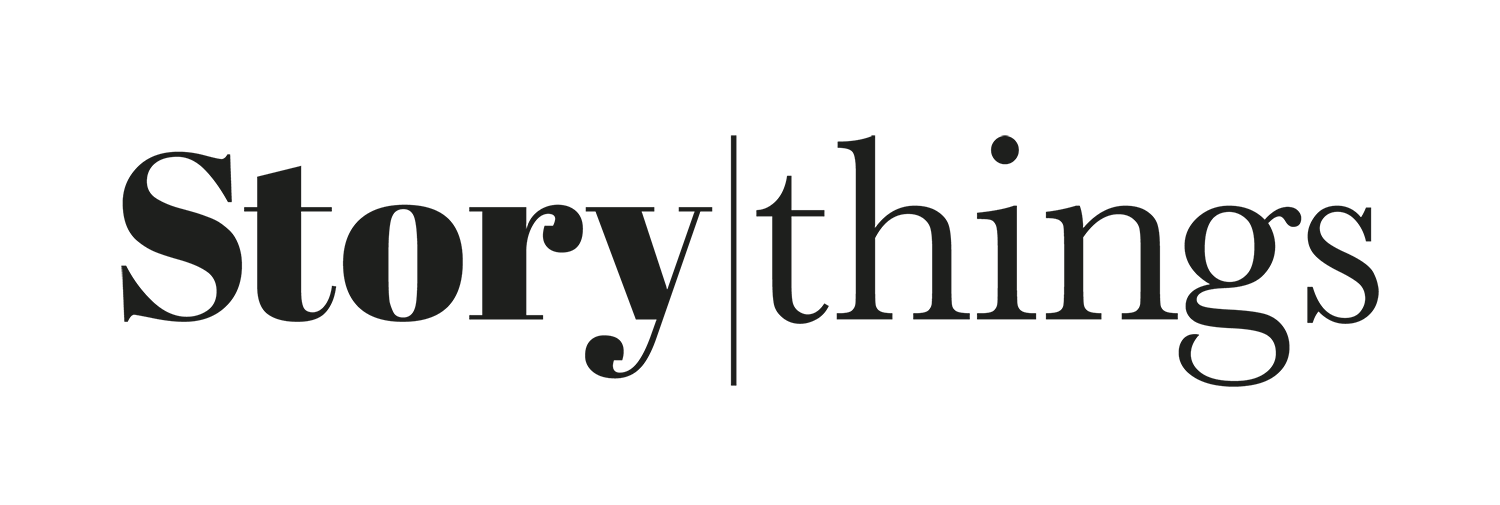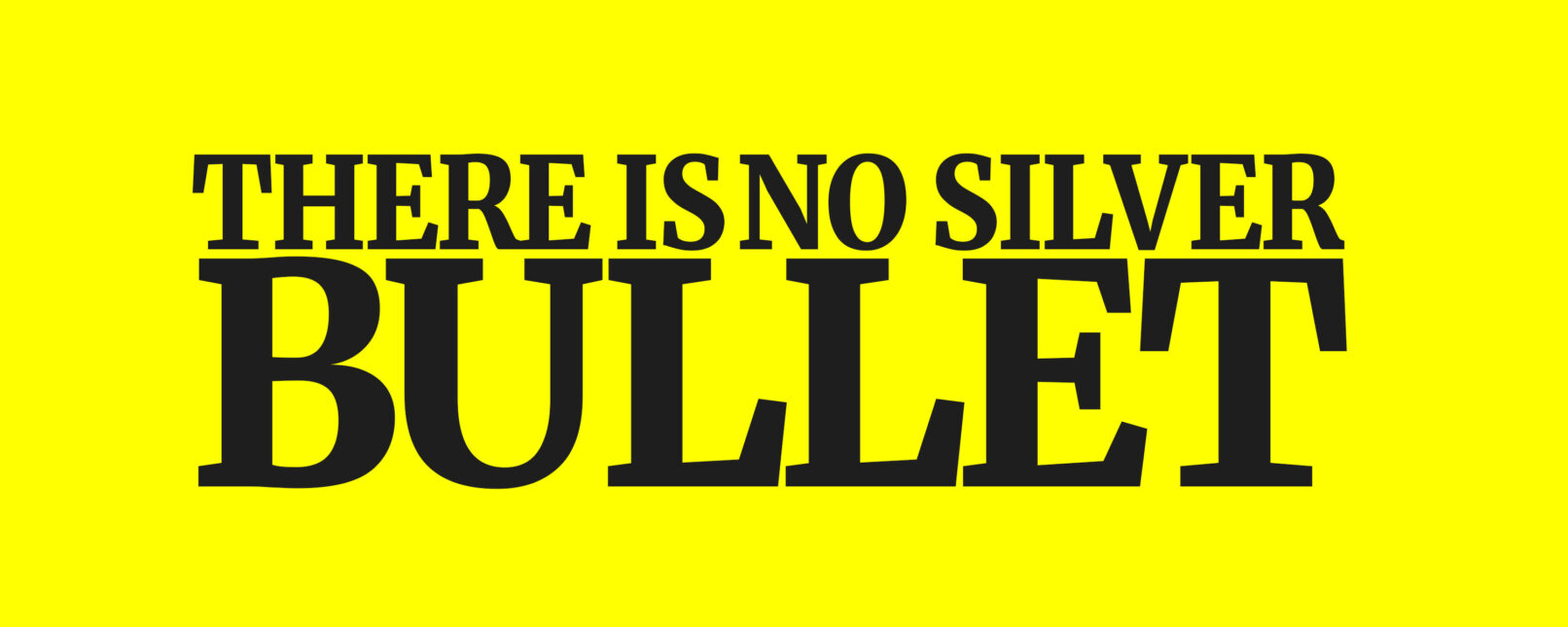Why we like taking stories apart
Have you ever got to the end of a story you really loved but couldn’t put your finger on why it was so good? Sure, the writing was great and the characters were interesting. But there was something else. Something less tangible providing your brain with delight throughout. What was it that kept you reading, watching or listening all the way to the end?
Films, TV, radio, video, podcasts, games…they’re all built upon a structure. As consumers of culture, we’re not meant to spot this. We’re just meant to get lost in the flow of storytelling.
But all stories have hidden structures. Aristotle wrote about this in Poetics in 335 BC and there have been thousands of books published on the subject since. There are podcast series about the structure of pop songs, and TV series that deconstruct design.
We obsess about story structures and love taking them apart to find the secrets behind their success. We’re no different from engineers who take computers apart or mechanics who take engines apart. We love getting our hands dirty in the detail.
Why are we curious about this?
It’s not enough to know that stories have structure. The real magic in stories sits somewhere between the structural elements and the narrative. It’s the connection and combination of the parts that ignite neurons in ways lesser stories don’t. The magic only reveals itself when you take a closer look.
This is why we started publishing Formats Unpacked. We wanted to invite more people to join us in taking a closer look at stories and structures, particularly entertainment formats.
For example most people might tell you that the magic of Desert Island Discs is in restricting the number of records to listen to to eight, whilst stranded on a desert island. As a listener you play along and compare choices to what might have been your own. It’s a great format.
But for me the magic is in how the records act as hooks to hang stories on. They’re emotional prompts that open doors for the kinds of conversations you wouldn’t get to have otherwise. It doesn’t always work well, but when it does it’s sensational. Over the past decade we’ve seen this storytelling trick used many times, everywhere from tattoo parlours to repair shops.
When you start breaking things down like this, to be more specific, the equation reveals itself to us: narrative + structure = magic format. In the Desert Island Discs example, it’s the narrative (stories told by the guests) combined with structure (you have to choose 8 records) that produces the magic format.
So we are curious about how formats from popular culture can be used across all the work we do. We look at the lessons we can take from dismantling stories and use them as powerful tools for making communication messages into pieces of culture that people engage with at a much deeper level.
How do we use it?
Here are three examples of how this thinking feeds into the work we produce for clients.
Drawing the shapes of stories: How do you help clients imagine the many ways their stories can be told? Draw their shapes on post-it notes.
There is a short exercise we like to do. We look at formats and stories our clients like and we draw their shapes on post-it notes. Visualising stories they know helps clients understand how audiences need a set of hand rails to guide them through narrative, whether this is a single story or a full campaign. We got the idea for doing this from Rob Rosenthal’s explanation for an ‘e shaped’ story.
Using a 3-act structure for an interview format: How do you make an interview feel more like a story? Give it a 3-act structure.
Standing on the Shoulders is a podcast in which innovators tell us about the people who shaped their lives. There were many structures we could have chosen for these interviews but we opted for a simple three act structure. In Act 1, we look at influences in childhood. In Act 2, we look at their early years of work. In Act 3, our guest reveals ‘the big influence’. The simple structure and withholding the key influence until the third act gives the interview a much better flow. It gives each episode a narrative that threads through all three acts and keeps listeners listening longer.
Using posters to create an element of cultural interest: How do you turn audiences into fans? Give the message a cultural value beyond the message itself.
When we worked on a STEM initiative for Pearson, we thought about the elements of movies and questioned how we could use them to encourage more girls and young women to take up STEM subjects. We thought about how young people put movie posters on their walls, featuring headshots of the movie’s protagonists – often superheroes. We beautifully illustrated a collection of posters featuring STEM role model protagonists from our podcast. The posters we made available for free and became collectable. They were downloaded over a million times.

